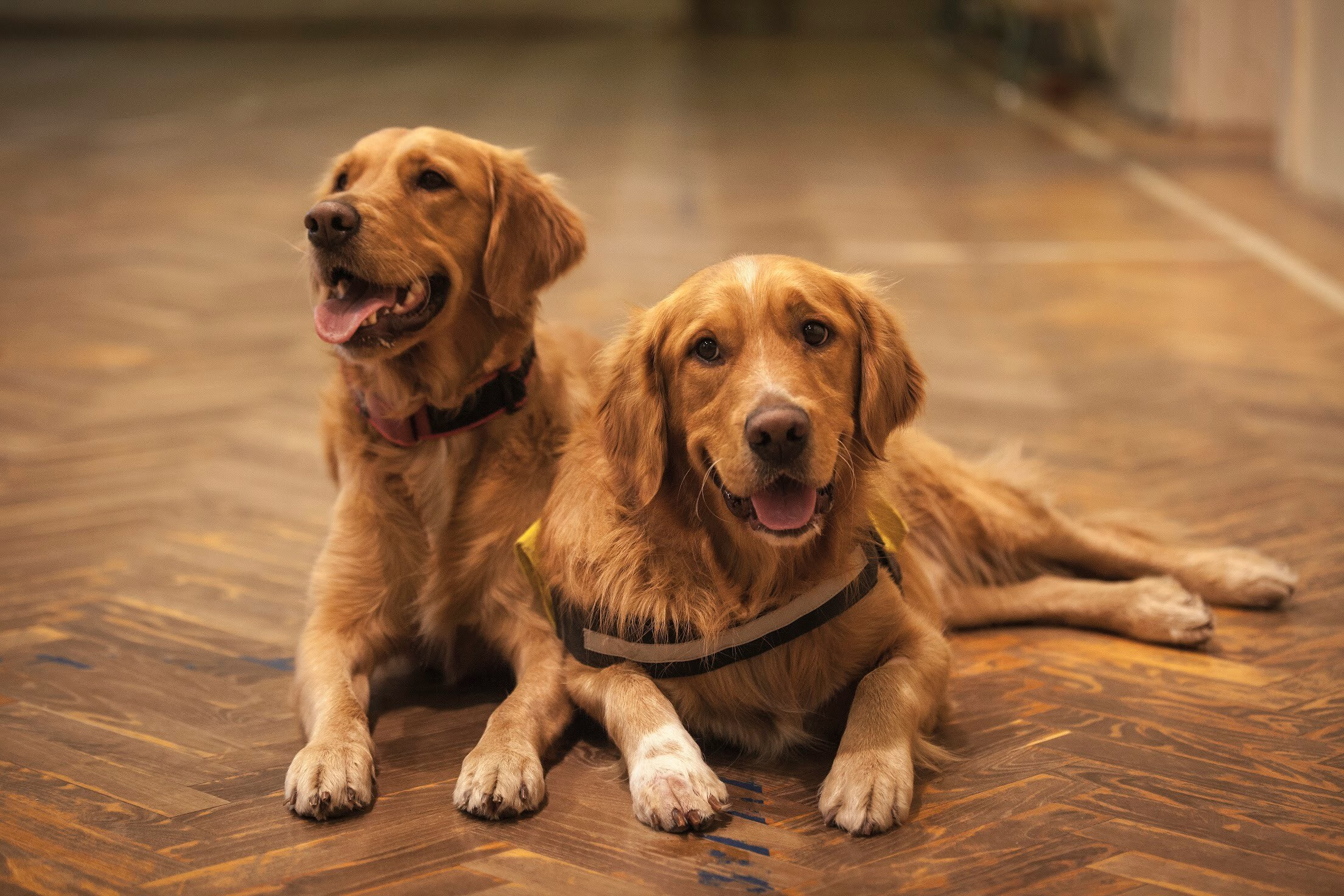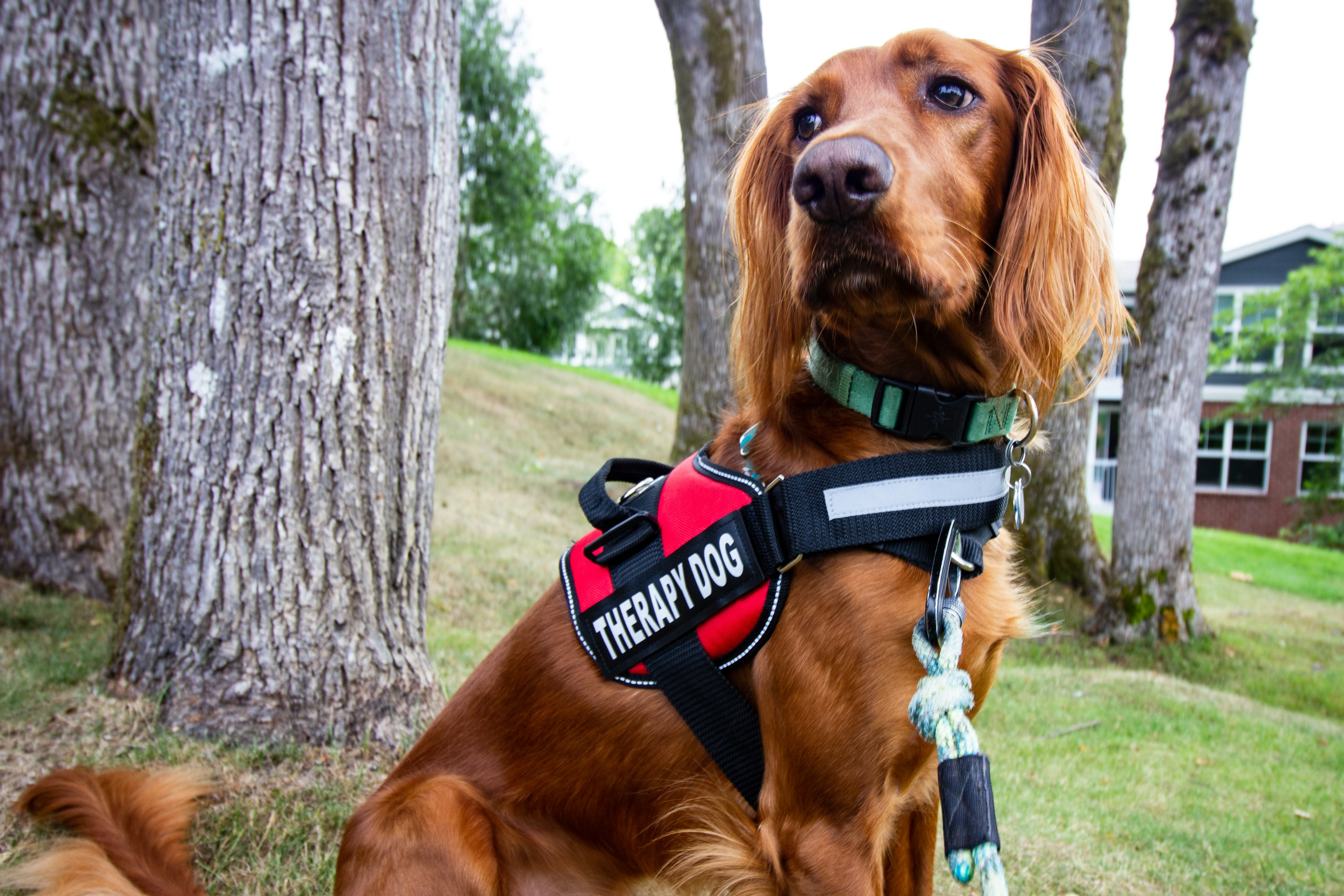Animals in Schools
The emotional benefits of having animals in schools
In a recent incident in Flintshire, a pupil’s pet cat managed to sneak onto school grounds and have its photograph taken on school photo day.
The owner of Ziggy the cat, Emma Roberts, said he visits the school daily to attend other school events, such as assemblies, and to visit other pupils and members of staff. The feline is frequently found roaming around classrooms and relaxing on the school grounds.
Headteacher Mark Biltcliffe said it is "impossible" to keep Ziggy off the school grounds so they have ended up embracing him as part of the school instead. He even joked that Ziggy's attendance record is an "example to the other children".
In light of this incident, Handsam would like to remind schools and academies of the benefits of having animals in schools, and supply some ideas for how this can be done.

The Benefits
An animal-friendly school:
- Promotes a sense of responsibility and respect towards all living things;
- Teaches pupils about animals and their needs;
- Is aware of and abides by animal welfare legislation;
- Looks at important contemporary moral and ethical issues like animal experimentation and the effect of humans on the environment (having an animal in school can become part of the curriculum and after-school clubs); and
- Encourages empathy and understanding of animals.
Animal Welfare
Having animals on site also means the school and its staff must meet certain welfare and wellbeing standards and requirements. These will differ depending on whether or not the animal is visiting or a permanent resident at the school.
Before a decision is made to have any animal as a school pet, please read the RSPCA's guidance on Animal Friendly Schools.
If the animal/s is a permanent resident on the school site, section 9 of the Animal Welfare Act 2006 places a duty of care on those responsible for animals to ensure they meet the welfare needs of those animals to a recognised level of good practice. The law dictates five welfare needs which must be fulfilled:
- The need for a suitable environment;
- The need for a suitable diet;
- The need to be able to exhibit normal behaviour patterns;
- The need to be housed with, or apart, from other animals; and
- The need to be protected from pain, suffering, injury and disease.
These five conditions must, under UK law, govern your care of any animal. For more information about animal welfare in schools, please download Handsam Quick Guide document PR49 Animals as Pets in Schools.

School Reading Dogs
There are some organisations, such as The Kennel Club, that have programmes to support children’s reading in which dogs come in as volunteers to listen to pupils read.
The Bark and Read Foundation, funded by The Kennel Club Educational Trust, works with charities and individuals in schools, helping children to read with their specially-trained support dogs. This helps children develop a love for reading, improve their literacy, and even improve their mental health and wellbeing.
If your school is interested in having a sponsored dog visit, click the link here.
Emotional Support Animals
With the many pressures and anxieties that children and young people face, it can be extremely beneficial to introduce animals into the school environment, even just for a visit.
The soothing presence of animals, such as dogs, can improve the mental wellbeing of pupils and staff, reduce stress and help pupils engage in the classroom and with their peers.
There are many organisations across the UK that provide school visits, animal workshops and animal therapy sessions. There is a full list of animal welfare organisations here who conduct visits, and a useful list of animal workshops here.
Other Animals
Other popular choices of school pet include:
- Fish: these are easy to keep as long as the tank is a good size, well positioned and has the correct equipment to monitor water quality and has places to hide;
- Rabbits and guinea pigs: these often need to live in pairs, have an exercise area and lots of enrichment, e.g. areas to dig. The school will also need to consider protection from predators like foxes, and an area where they are not disturbed by children; and
- Chickens: these animals must be kept in groups in protective housing and a run to scratch around in. These can easily become dirty so the school must consider how to keep this clean. What will be done with eggs? Will the chickens have dust baths, and what about foraging?